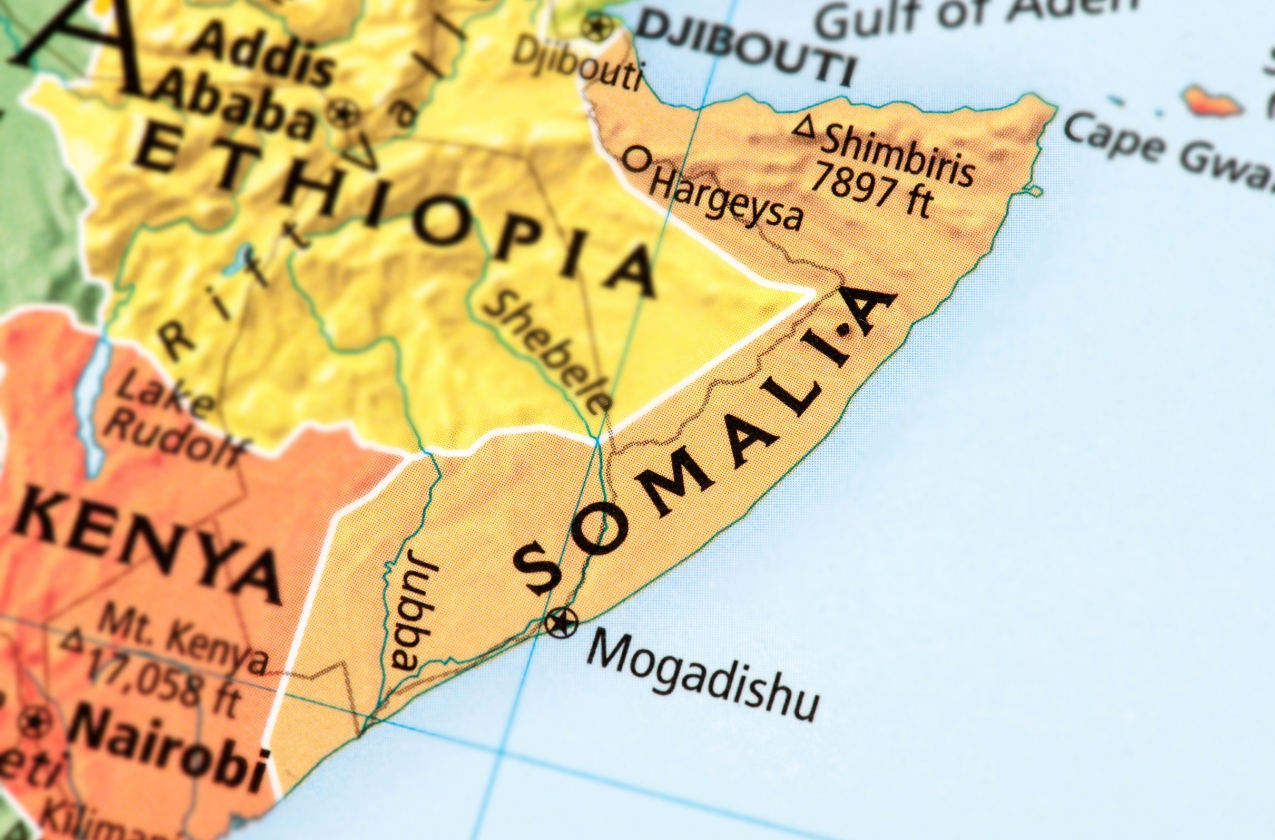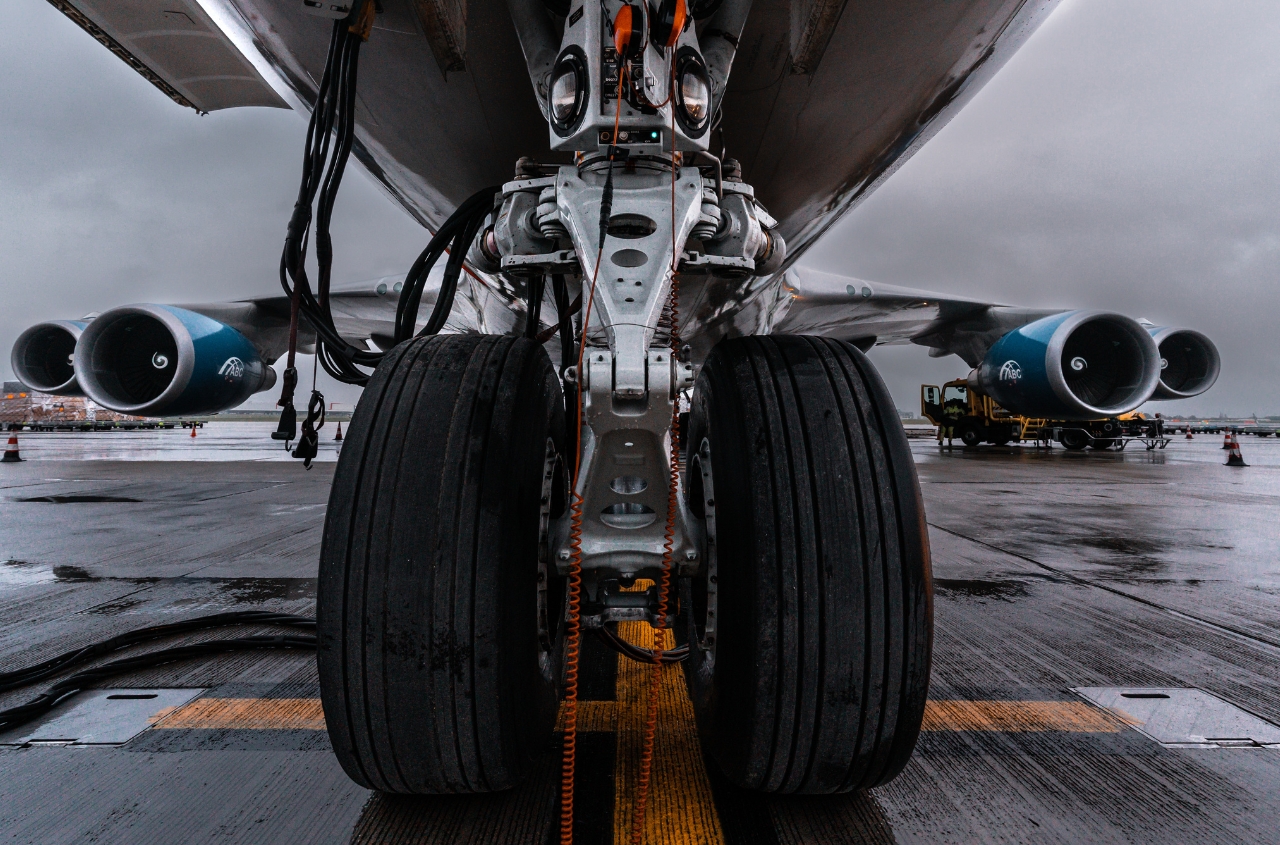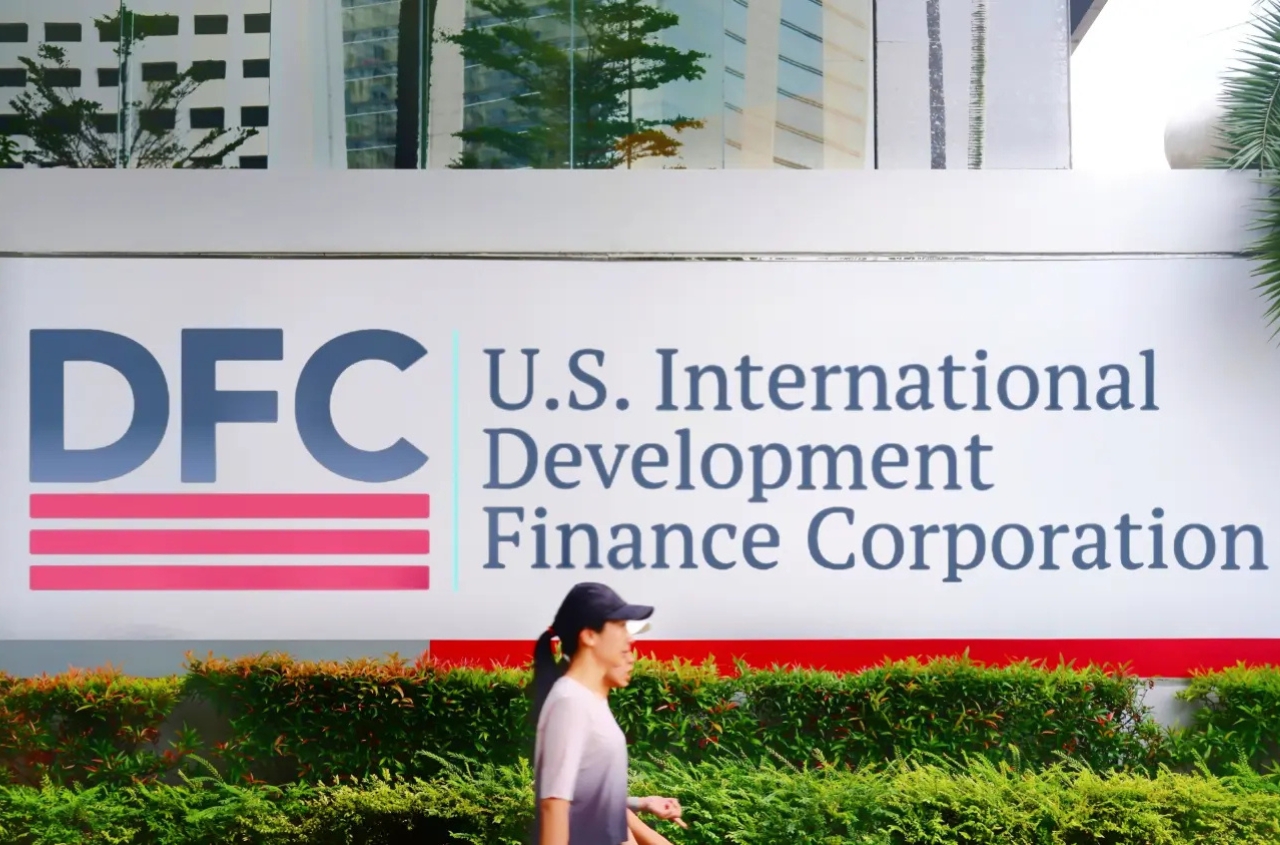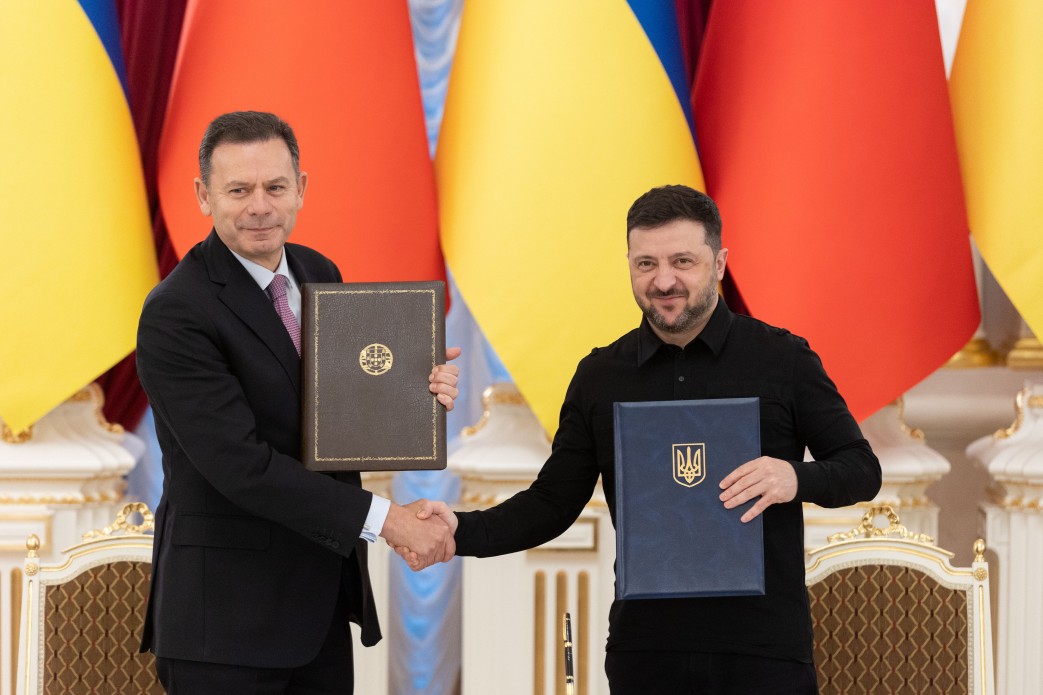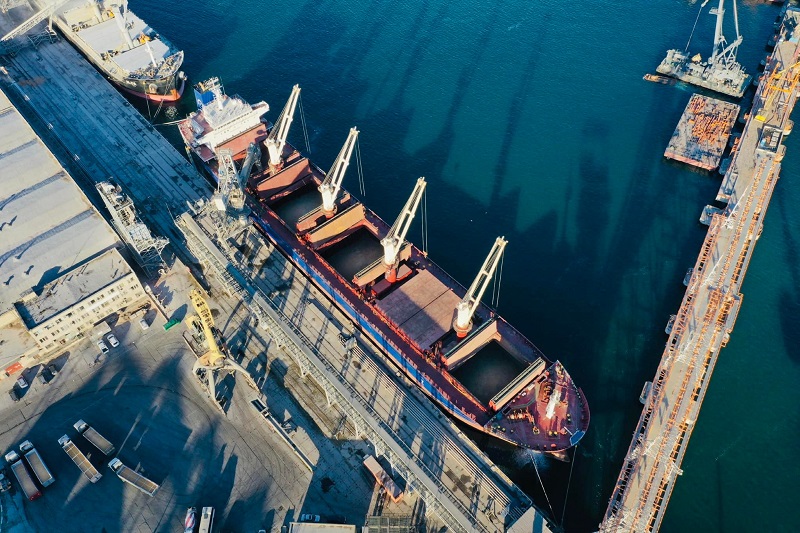In 2025, the countries intensified political and military dialogue: high-level meetings between foreign ministers, the arrival of Russian military advisors in Mogadishu, new investment projects in the ports of Berbera and Mogadishu, as well as the start of discussions on arms supply agreements and joint naval cooperation, as reported by RLI.
The basis for rapprochement lies in political disappointment and security challenges. Somalia faces pressure from the Islamist group Al-Shabaab and inter-clan conflicts, while Western partners such as the U.S. and the EU, along with the African Union’s AMISOM mission, impose conditions based on human rights standards. In response, Mogadishu is relying on Russian weapons, military instructors, and aid without regard to such restrictions.
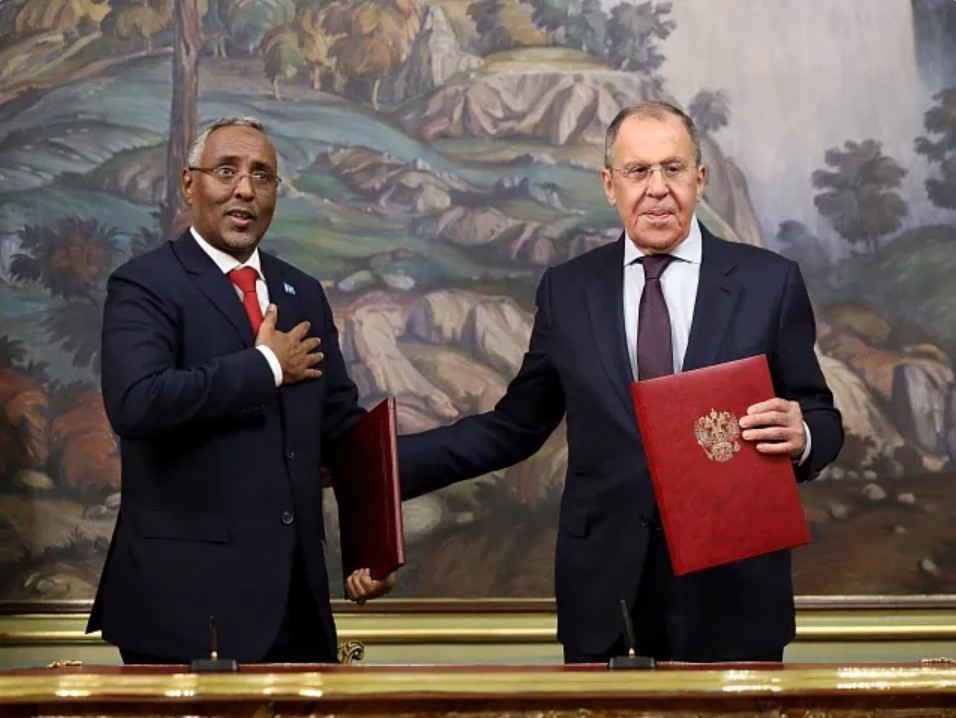
The geopolitical calculation requires balancing external actors. Russia’s presence in Somalia allows Horn of Africa countries—Turkey, Qatar, and the UAE—to strengthen their positions. Somali leadership uses Moscow as a leverage tool and bargaining chip in negotiations with others, including China and the West.
For Russia, Somalia is becoming a strategic outpost on the Red Sea. Access to Somali ports, including Kismayo and Mogadishu, will allow Moscow to expand its naval presence from the Indian Ocean to the Suez Canal and exert pressure on U.S. and French bases in the region. At the same time, the Kremlin may gain stakes in oil and gas, fishing, and other natural resources.
Regional and global risks are increasing. The U.S. and EU fear the undermining of the arms embargo and coordination of anti-piracy operations. Somalia’s rapprochement with Russia could lead to increased militarization, weakened trust in the AMISOM system, and expanded influence of China and Russia in Africa. The scenario in which Somalia becomes a fragile Moscow outpost threatens local stability and the international security system in East Africa.









